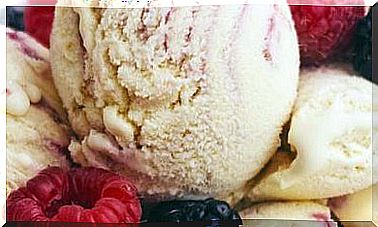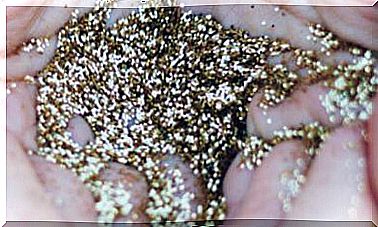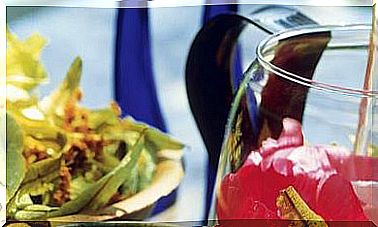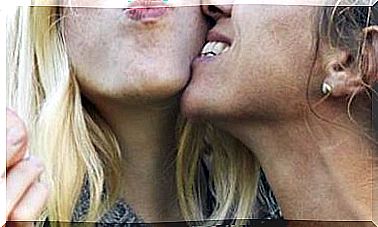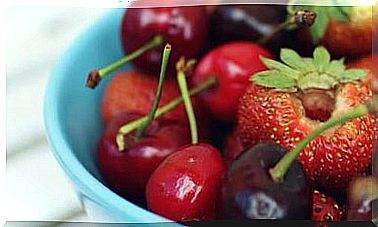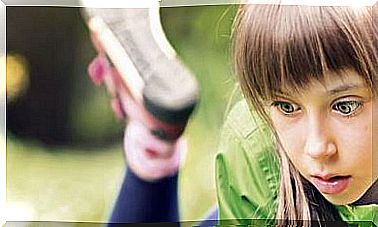Cold Or Heat Against Sore Throat: Which Is Better?
Some people turn to cold drinks and others to hot ones to relieve an annoying sore throat. One of the two options is more successful.

There are people for everything. When you feel the prick in your throat that heralds infection with a cold or flu virus, one person may have a glass of ice water and another a hot tea. Faced with such a difference in strategy, all possible questions should be asked: is one more effective than the other? Is neither? Are both?
It turns out that those two people could be doctors because both choices have a physiological justification.
Both cold and heat can be effective at the moment
The pain is not due to the direct action of viruses, but to substances – bradykin and prostaglandin E2 – released by cells of the immune system – macrophages – that are fighting against them. These substances stimulate nerve endings and cause pain.
How cold works
Professor Ron Eccles, who was director of a research center specializing in the common cold at the University of Cardiff (United Kingdom), explains that cold can be a good treatment because it reduces the temperature of inflamed tissues and has an inhibitory effect on the transmission of pain signals from nerve endings. This analgesic effect is related to the activation of the so-called Transient Potential Melastine Receptor type 8.
Therefore, applying cold when our throat hurts is as logical as putting on an ice pack when we have just taken a blow.
However, it might be a better idea to have a hot drink …
How heat works
Drinking generally promotes salivation and lubricates the throat. But if the drink is also hot, salivation is greater and the sensory impact of the heat produces a comfort that makes the pain less annoying. This comfort is subjective, but it may be related to an increase in the levels of endorphins – endogenous opioid substances – in the brain areas of pain.
And if the drink is sweet, the effect is even greater, as Professor Eccles has found in studies with people.
So in the end the best remedy is a cup of hot tea with a little honey or syrup.
What else can be done to prevent and treat colds?
Adults suffer between two and five common colds a year, and children between seven and ten. Although medicine has not found a way to eliminate viruses, the immune system does know how to do it and we can help you to carry out your task successfully, which will prevent the appearance of complications.
- Echinacea is an effective remedy for preventing colds and reducing the intensity of symptoms. Professor Ron Eccles has proven this in a study with 750 patients. It should be taken as soon as the first symptoms are felt, up to five times a day, in the form of an infusion, capsules or tincture. As a preventive measure, it is taken two or three times a day.
- Exposing the face and arms to the midday sun for a minimum of 15 minutes allows the skin to synthesize the vitamin D necessary for the proper functioning of the defenses. If you don’t see the sun all day, you can take a vitamin D3 supplement.
- Keeping the nasal mucosa clean and hydrated by doing nasal washes with isotonic seawater nebulizers is another effective measure. If the indoor environment is too dry, we can use an ultrasound humidifier, where we can dilute a few drops of eucalyptus or thyme essential oil, which have antiseptic properties.
- Rest, sleep and keeping stress under control are essential for the strength of the immune system. If you do get a cold, rest is especially important.
- And don’t forget about hygiene habits: avoid touching door handles or elevator buttons with your bare fingers and, above all, then touching your face and eyes. When you get home, wash your hands.
